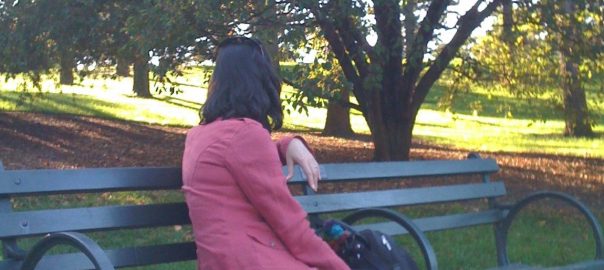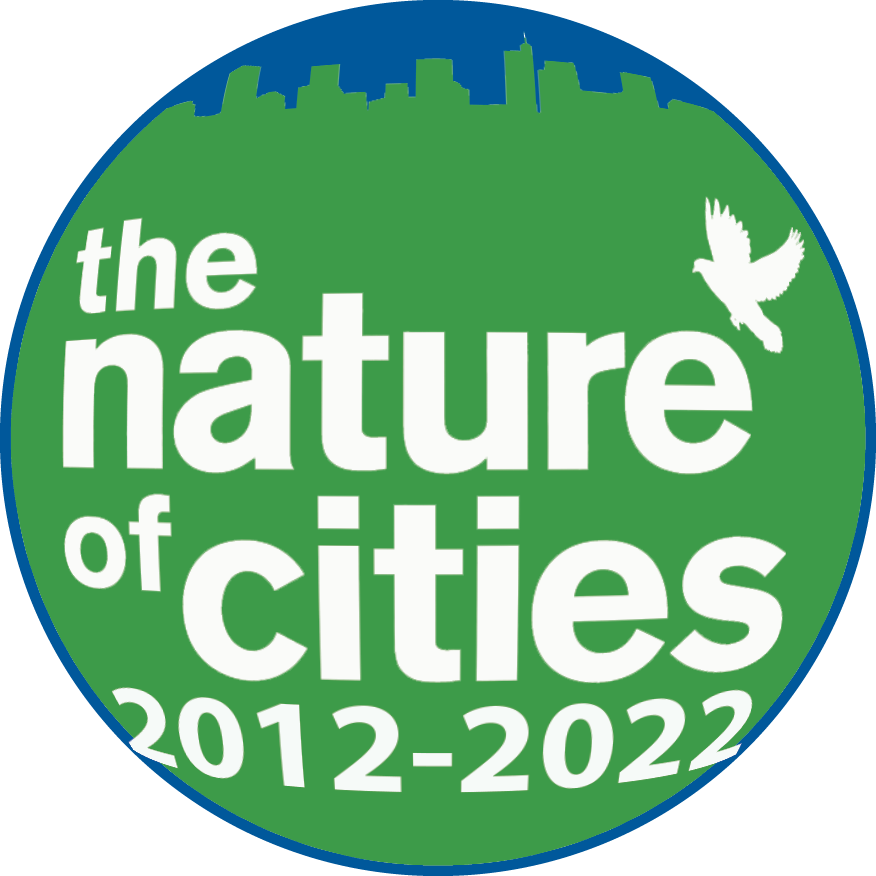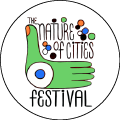15 February 2017

I read this article by Menno Schilthuizen, a Dutch evolutionary biologist and ecologist, about the evolution of animal and plant species taking place in cities. In cities, evolution is propelled by two forces: the known laws of ecology AND the social dynamics of human society. The article concludes that we...
1 Comment(s)Join our Conversation
12 February 2017
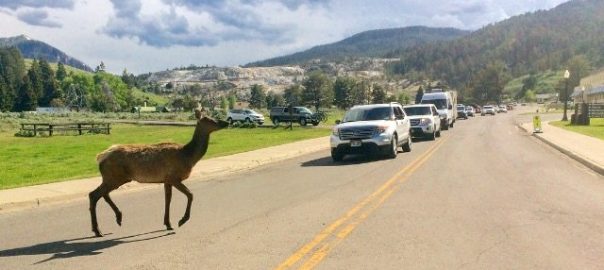
And I think in this empty world there was room for me and a mountain lion. And I think in the world beyond, how easily we might spare a million or two humans And never miss them. Yet what a gap in the world, the missing white-frost face of that...
0 Comment(s)Join our Conversation
8 February 2017
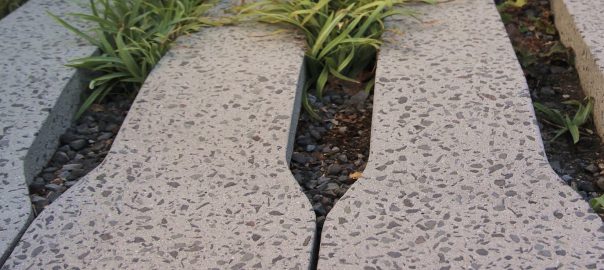
Can environmental education in cities foster urban sustainability? Yes—according to 90 scholars from six continents who contributed to a forthcoming book called Urban Environmental Education Review (Russ and Krasny, eds, 2017). Three themes—participation of urban residents in planning and environmental stewardship, exploring and reconstructing urban places, and forming partnerships among...
1 Comment(s)Join our Conversation
5 February 2017
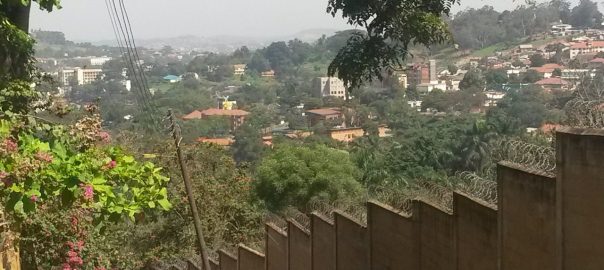
Many cities still have green areas in various forms, despite the fragmentation of their ecosystems. The call for integration of built form with nature is now more explicit and can be discerned from the Sustainable Development Goals of 2015 as well as the New Urban Agenda of 2016. There is...
2 Comment(s)Join our Conversation
1 February 2017

Sweden, especially its capital, Stockholm, is a very famous “green” city. Indeed, Stockholm’s green infrastructure wedges system is one of the most recognized and cited around the world because of the significant ecosystem services that it provides and because it acts as a source of natural biodiversity for an urban...
4 Comment(s)Join our Conversation
30 January 2017
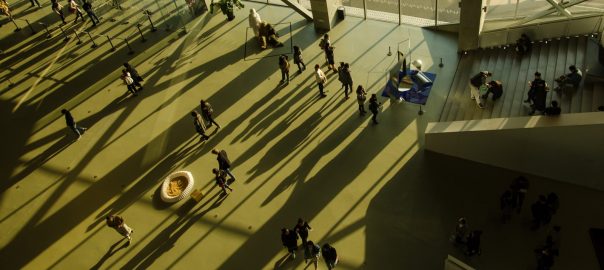
A review of Why Not Ask Again, the 11th Shanghai Biennale at the Power Station of Art in Shanghai, China, on view through 12 March 2017. It’s not unusual by any means in the contemporary art world, but as an edifice, the Power Station of Art is just about as...
0 Comment(s)Join our Conversation
29 January 2017
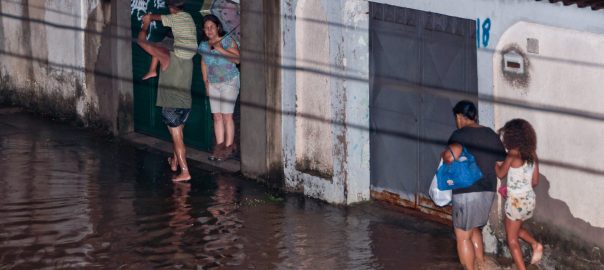
In a recent essay on TNOC regarding urban inequality, I spoke about the need to address inequality in exposure and vulnerability of urban populations to risk as a necessary condition to reducing urban inequality in general, including inequality in the access to basic services. I would like to expand on...
1 Comment(s)Join our Conversation
25 January 2017
This concept paper was inspired by a series of round table discussions that were hosted by the Israel Urban Forum, together with the Bezalel Academy of Urban Design in Jerusalem. The participants at my round table, where the topic of discussion was “The City and its Surrounding Region”, are all...
6 Comment(s)Join our Conversation
24 January 2017
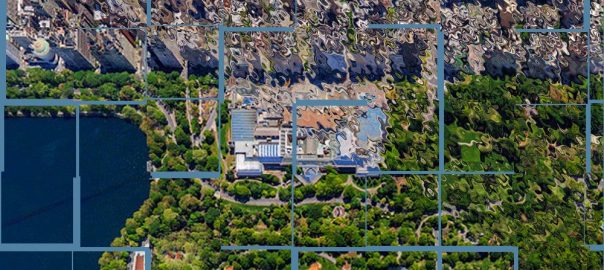
43 Comment(s)
Join our Conversation
22 January 2017
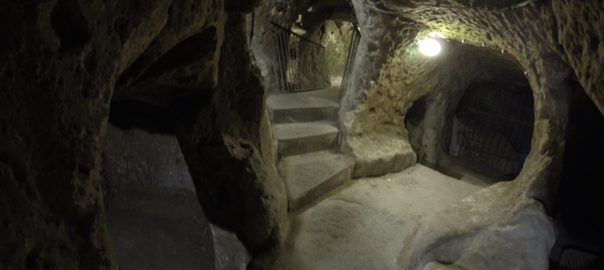
Winter is here in the north—not the slightest allusion here to any famous TV series or any recent election, of course. And in the wintertime, life goes underground in a literal sense: tubers and roots reign while most of the aboveground parts of plants are dormant; animals hibernate or at...
3 Comment(s)Join our Conversation
18 January 2017
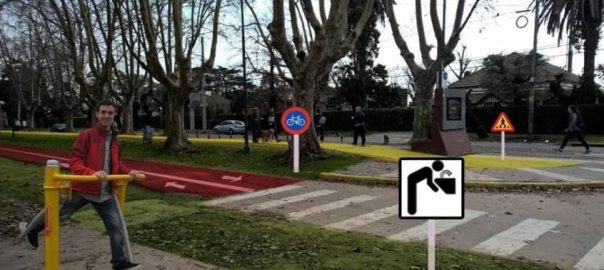
In a previous contribution to The Nature of Cities (Faggi & Vidal 2016), we wrote about linear parks (LPs) as an interesting green space typology and discussed some strengths and threats of these multifunctional areas in Latin America. Other contributions (Tsur 2014, Das 2015, Maddox 2016) explained that LPs are...
3 Comment(s)Join our Conversation
18 January 2017
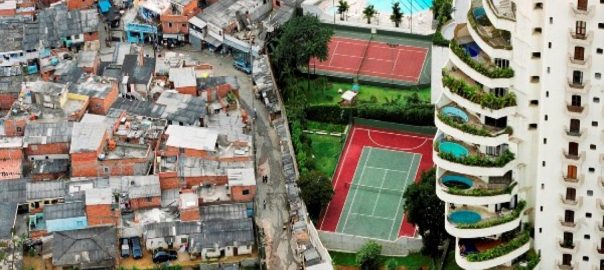
A review of Can a City Be Sustainable? By Gary Gardner, Tom Prugh, and Michael Renner. 2016. Island Press. Buy the book. This compact volume is an ambitious portmanteau of information on sustainable urbanism that covers an impressive range of issues and amply demonstrates how many of the essential initiatives needed to make...
1 Comment(s)Join our Conversation
15 January 2017
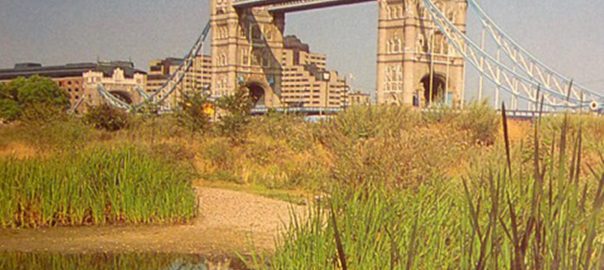
In November 2016 there was a celebration in London: it had been 40 years since the idea of creating an Ecology Park in central London was first suggested. The event provided opportunities to share memories of those early days and to see how the concept has taken root and proliferated....
9 Comment(s)Join our Conversation
11 January 2017
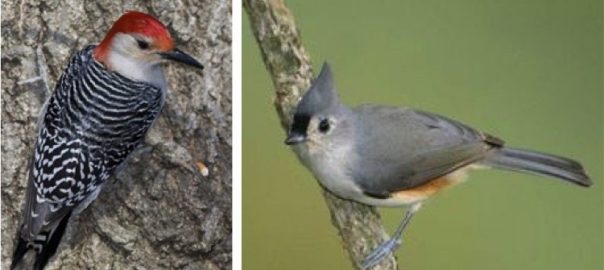
Often, city forest fragments and tree canopies are overlooked by city planners and developers as important bird habitat. More often than not, people only regard large patches as beneficial. The message from conservationists is that we want to avoid fragmentation and to conserve large forested areas. While this goal is...
7 Comment(s)Join our Conversation
8 January 2017
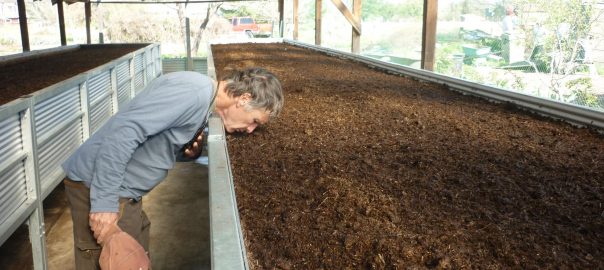
“Why isn’t every city doing this?” Dave Vella asks as he intently massages a handful of succulent compost from the towering pile freshly deposited onto his vineyard’s gravel thoroughfare. Dressed in jeans and denim shirt, the veteran Grape Manager of Chateau Montelena is about as casual as can be for...
4 Comment(s)Join our Conversation
5 January 2017
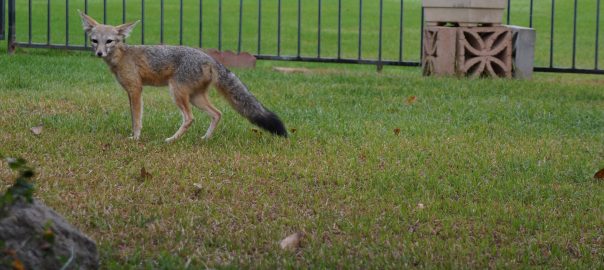
If I were to ask you where I could find a healthy population of the endangered San Joaquin Kit Fox, you might be forgiven for not immediately saying, “Why, Bakersfield, of course!” Bakersfield? The Oil Capital of California? Yes, the very same! Unlikely as it seems, this oil-town-turned-city sprawling at the...
2 Comment(s)Join our Conversation
2 January 2017
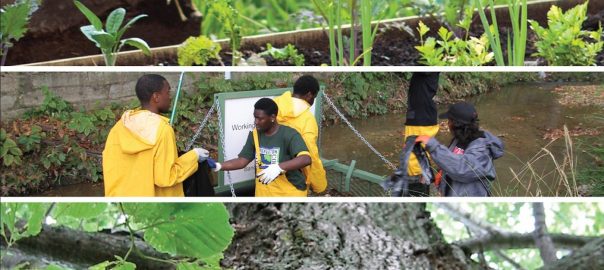
A review of Civic Ecology, Adaptation and Transformation from the Ground Up, by Marianne E. Krasny and Keith G. Tidball. 2015. ISBN: 9780262028653. MIT Press, Cambridge, MA. 328 pages. Buy the book. Krasny and Tidball’s Civic Ecology is a book that promises something different—and then actually delivers. The book sets out...
3 Comment(s)Join our Conversation
2 January 2017
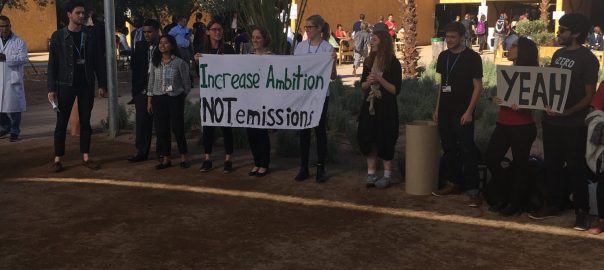
We attended the 22nd session of the United Nations Climate Conference (also called COP22) as “Observers” in the immediate aftermath of the U.S. 2016 presidential election. Since 1995, the COP has served as the annual UN climate conference, providing an opportunity to assess progress, negotiate agreements, and disseminate information regarding...
0 Comment(s)Join our Conversation
28 December 2016
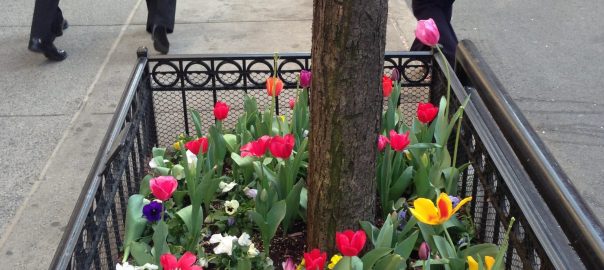
Today’s post celebrates highlights from TNOC writing in 2016. These contributions, originating around the world, were widely read, offer novel points of view, are somehow disruptive in a useful way, or combine these characteristics. Certainly, all 550+ TNOC essays and roundtables are great and worthwhile reads, but what follows will give you a...
0 Comment(s)Join our Conversation
22 December 2016

Out of sight, out of mind. That is how most of us want to think about the trash we generate. But as our cities become increasingly overwhelmed with the burden of refuse collection and disposal, we must refocus the way we view our discards and devote greater attention to the...
0 Comment(s)Join our Conversation

